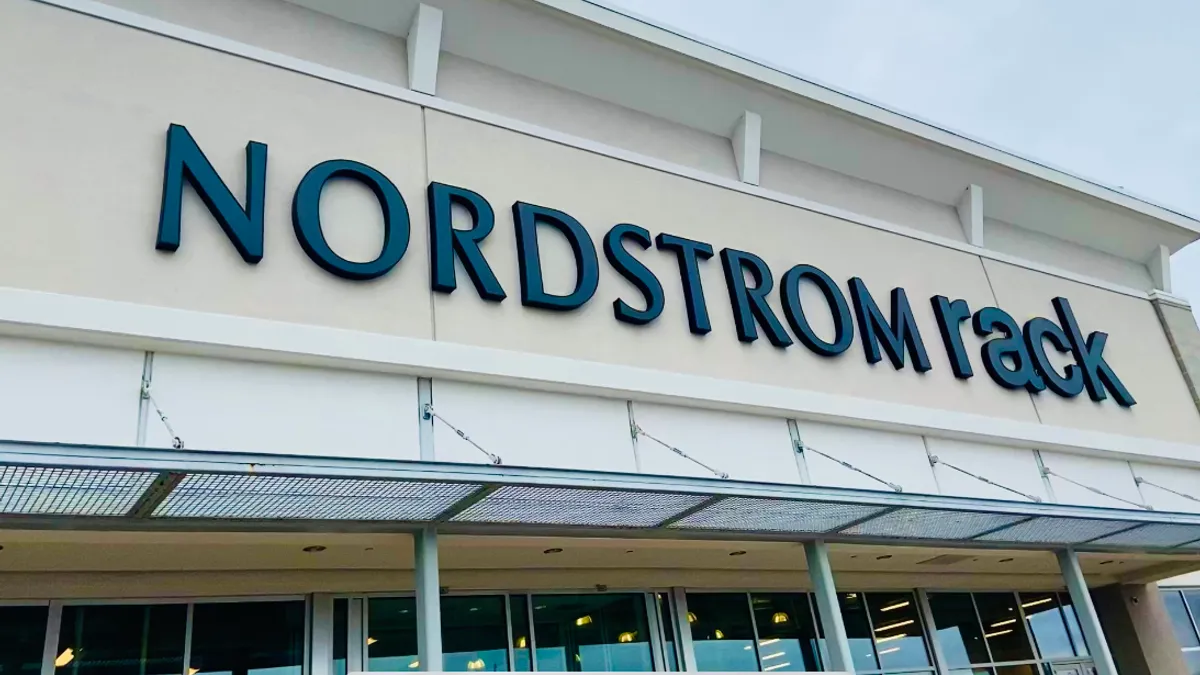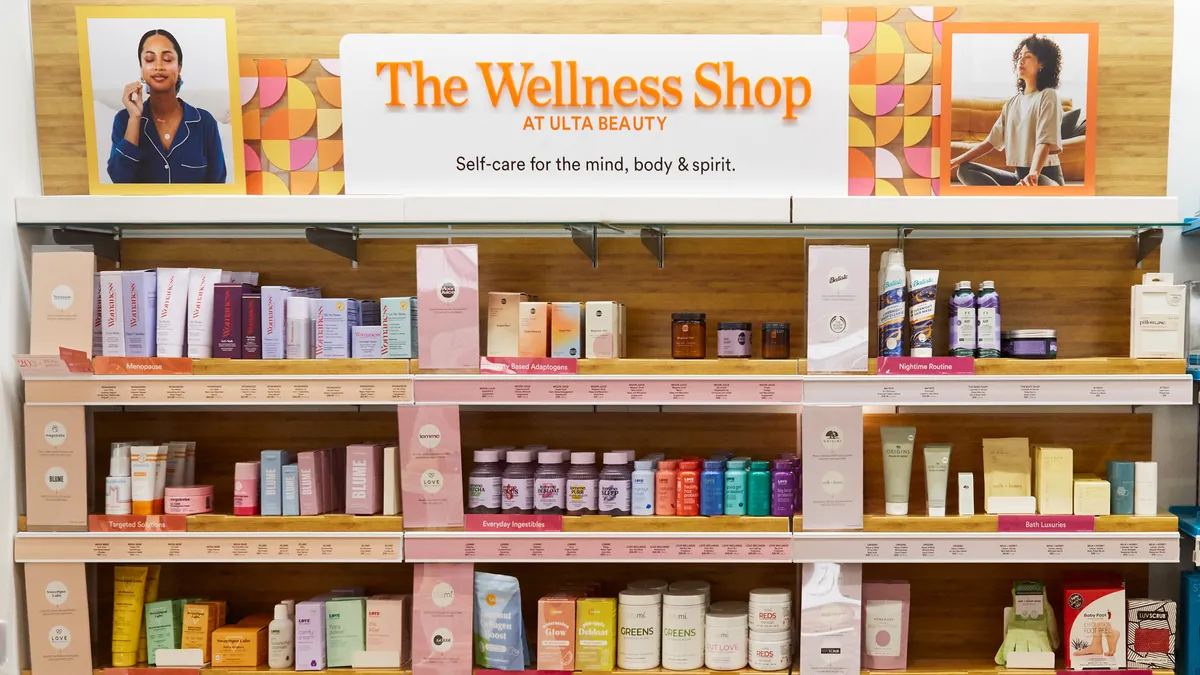Editor's Note: The following is a guest post by Performics' Burcu Agma, group director, planning and insights for the digital marketing agency. Views are the author's own.
They say a picture is worth a thousand words and now there's mounting evidence that it's also worth quite a bit more in terms of trust. Pair this with new efforts to use images to drive conversion rates, and it seems as though brands are indeed ready for their close up.
Earlier this year, Instagram announced Checkout on Instagram so that users can now buy products without leaving the app. It's a critical move to make shopping easier from social media — and a solution for this has been a longtime coming — but it's even more critical for an image-driven platform like Instagram.
Shoppers will be able to store payment information on Instagram, tap a product from a brand's shoppable post and checkout. No need to visit a web page from a profile link or use another third party program to "like" it before buying. It's a program in beta right now, but given the list of brands in the test — Adidas, Burberry, ColourPop Cosmetics, H&M, Nike and Warby Parker, to name just a few — it's a pretty good bet that this will go wide.
It's also a pretty good bet that consumers will be very receptive.
Images are fast becoming a preferred way to search for and identify items. A recent study by the Intent Lab, a partnership between digital agency Performics and Northwestern University's Medill School of Journalism, Media, Integrated Marketing Communications, revealed that 59% of shoppers think visual information is more important than textural information. This varies depending on the product category — apparel and home furnishings rank the highest with roughly 85% of shoppers placing more trust in images than words — but the message comes across loud and clear that consumers trust a photograph more than a product description or review.
Collectively, 41% of consumers find visual information very helpful when making product comparisons throughout the shopper journey, which encompasses what marketers call the exploring, evaluating and buying phases, according to the Intent Lab. Visual information is preferred over text by at least 50% of respondents although it's slightly less popular in the electronics, and wine and spirits categories, likely because product specs and descriptions matter more for these items.
Now pair this with the fact that consumers place greater trust in visual platforms today and images could well be a brand's best defense against Amazon.
The e-commerce giant has long used user reviews as a linchpin around which its business is built. Consumers are as likely to access Amazon from a competitive retail store to read reviews as they are to compare prices. But increasingly the validity of these reviews is being questioned, handicapping sites that have come to rely on them to provide a competitive advantage.
Search engines, retailers and social media platforms are rapidly adopting visual elements while consumer trust in them is on the upswing. Google introduced shoppable image ads for the 2018 holiday season, claiming that one-third of shoppers searched for images before heading to a store the year before.
Pinterest now allows retailers to upload entire catalogs. This helps brands by tapping into consumers' trust in images and increasing relevance — the more products in the system, the higher they are in the relevance rankings, making everything more shoppable.
Pinterest sits at an interesting intersection in that it ranks the highest among social media platforms in terms of consumer trust, according to the Intent Lab. Pinterest has the highest score among social media brands in what Performics calls the Digital Satisfaction Index (DSI), which uses four criteria to evaluate consumer satisfaction. Additionally, image-based social media platforms (Pinterest, Instagram and Snapchat) tend to have higher DSI scores than platforms that are not image-based (Facebook and Twitter).
Home Improvement and home furnishings stand to benefit tremendously from this trend. Intent Lab research found that 85% of shoppers prefer visual information over text in this category. Home Depot is aggressively using visual search to drive sales of furniture, by activating content on Pinterest. There are now 50,000 digital images mapped and made shoppable and engagement increased eight fold, according to the Pinterest.
Image recognition holds a lot of promise for this category.
It's also one that could really help traditional grocers make the leap to online. Grocery as a category has been slow to take off online and legacy retailers in this space are scrambling to implement digital tools to compete with Amazon following its acquisition of Whole Foods Market. Shoppers can easily snap a photo of something to add to a shopping list, select from digital images online to make more accurate selections and even use image capture in store for goods with hard to find bar codes like produce that slow down checkout.
Brands really should take note of the growing power of pictures, it could be worth quite a bit more in sales and consumer trust than words can convey.




















